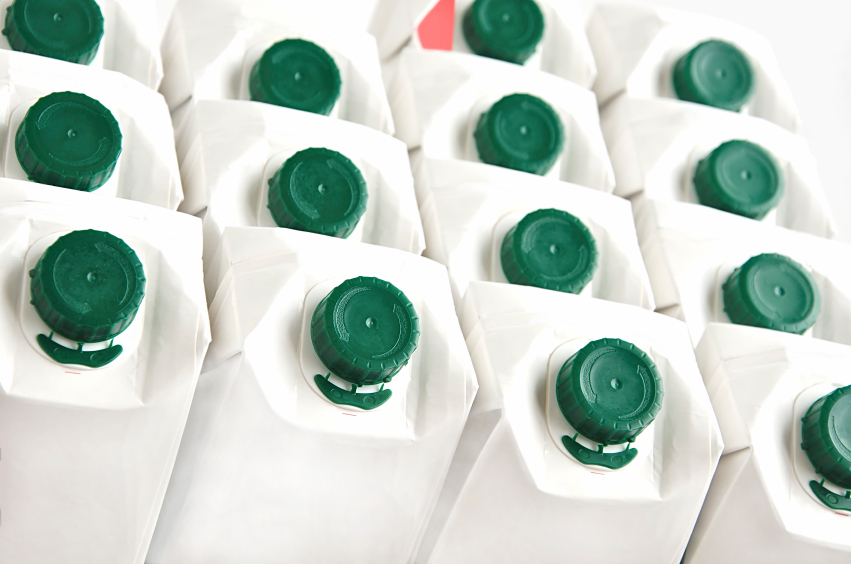Most people are familiar with the concept of recycling paper and plastic materials. However, how are consumers expected to handle a hybrid product such as a carton? According to The Carton Council, nearly 5 billion cartons end up in landfills annually. These staggering numbers are a reflection of the milk carton recycling mystery. Hopefully the following tips can shed some light on the subject.
First, there are two different types of cartons: the refrigerated carton and the shelf-stable carton. Per recyclingcartons.com, shelf-stable cartons contain on average 74% paper, 22% polyethylene and 4% aluminum, while refrigerated cartons contain about 80% paper and 20% polyethylene.
Some of the confusion stems from the fact that some cartons do not actually have a recycling symbol on the container. Because many U.S. households are not able to recycle cartons at the curb, most cartons do not feature the recycling symbol at this time. The Carton Council is pushing to have all cartons labeled by 2015.
